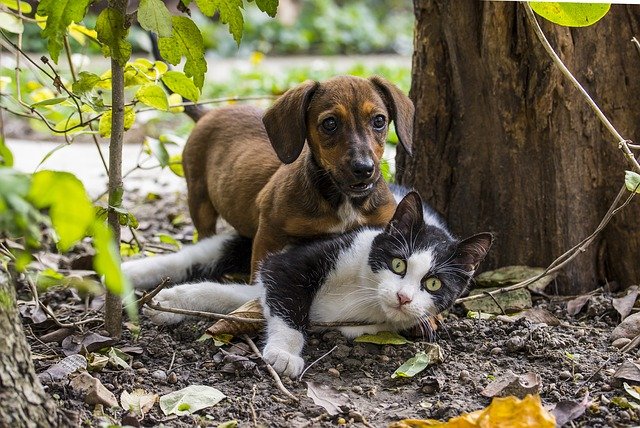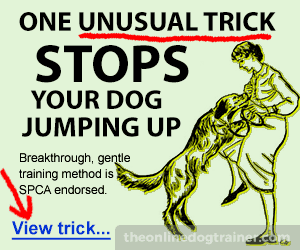Dog Litter Box Training: The Key to Eliminating Accidents
By Beth Baker

When most people hear the term “litter box”, they often think of cats. However, litter box training a dog isn’t out of the realm of possibility. In fact, it is becoming increasingly popular for many pet owners with small dog breeds because of the convenience of not having to take their four-legged friend for a walk frequently.
It may seem a bit odd to some, but to most people having their dog use a litter box is the only way to go! It provides pet owners with more comfort in knowing that they do not have to worry about looking for the signs of when their dog needs to “go outside”.
Litter box training for dogs has proven incredibly effective over the past few years. Every owner who has taken part in litter box training their pooch has reported a decrease, and even elimination, of household accidents. This can save not only you the stress of cleaning up a mess, but also help to ensure that the dog and owner relationship stays strong using as little punishment as possible.
Getting Your Dog to Use a Litterbox
At this point, you are probably thinking, “Just how much does training a dog to use a litter box require?” The answer to that is less than traditional housebreaking!
In order to train a small dog to use a litter box you will first need all of the necessary materials. Items such as a litter box, litter, as well as treats for a reward are needed for preparing to litter box train your dog.
Once you have all of the necessary materials, the work begins. Be sure to place the litter box on an easily cleaned surface so that any excess litter that may be spilled is easily cleaned up. Instead of the ever-popular crate to yard method, you will take your pup from crate to litter box. Have him or her stand there until they get the message. Once they do their business, be sure to reward them for a job well done! As with humans, rewards trigger good behavior over and over again in dogs. Praise and treats are a great way to say, “Good job!” to your furry friend.
It is the owner who determines whether or not this is a good experience for the dog. One wrong move can make or break the whole training experience and can eliminate all chances of your dog being able to be successful at using a litter box. Remember that dogs are very delicate creatures and are very in tune with your feelings, so the best method is to stay positive in every situation, even if you don’t want to.
Like everything else with a dog, litter box training does take time. The key to ensuring as quick of a training process as possible is to remember to not get frustrated with your dog if they have an accident. Frustration can lead to fear in small dogs, and fear only leads to longer training times. Stay calm and remember that positivity receives the best reactions.







